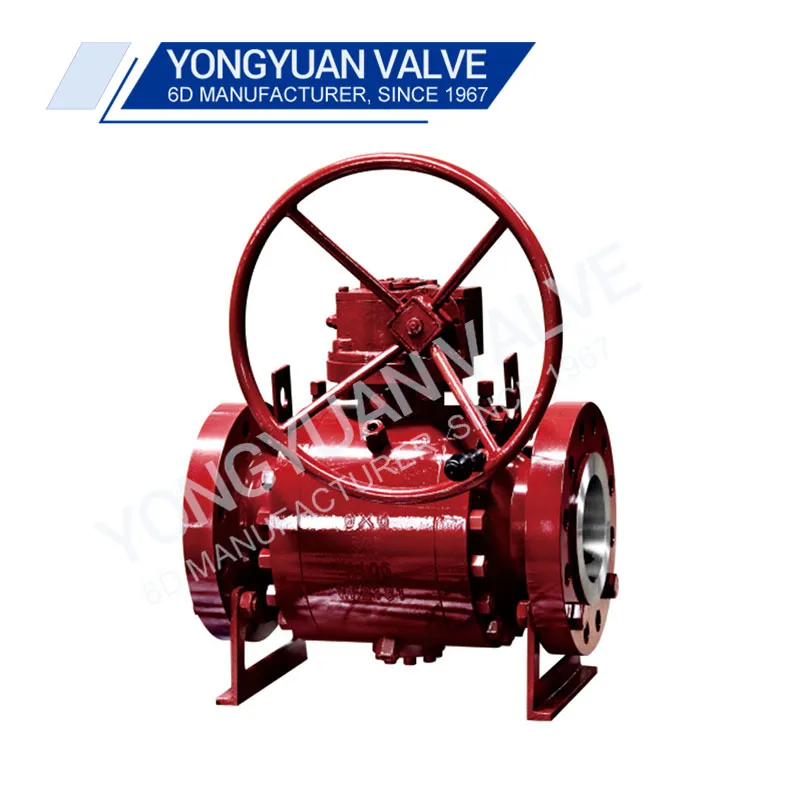
- English
- Español
- Português
- русский
- Français
- 日本語
- Deutsch
- tiếng Việt
- Italiano
- Nederlands
- ภาษาไทย
- Polski
- 한국어
- Svenska
- magyar
- Malay
- বাংলা ভাষার
- Dansk
- Suomi
- हिन्दी
- Pilipino
- Türkçe
- Gaeilge
- العربية
- Indonesia
- Norsk
- تمل
- český
- ελληνικά
- український
- Javanese
- فارسی
- தமிழ்
- తెలుగు
- नेपाली
- Burmese
- български
- ລາວ
- Latine
- Қазақша
- Euskal
- Azərbaycan
- Slovenský jazyk
- Македонски
- Lietuvos
- Eesti Keel
- Română
- Slovenski
- मराठी
- Srpski језик
What is the problem with the ball valve?
2024-09-19
Ball valves are widely used in various industries due to their durability and ability to provide reliable shutoff. However, like any mechanical device, ball valves can encounter certain issues that may affect their performance. Here are some common problems associated with ball valves:

1. Leakage
- Internal Leakage: One of the main issues with ball valves is internal leakage, which can occur when the ball does not fully seal against the valve seat. This can happen due to wear and tear, debris build-up, or improper seating.
- External Leakage: Leakage can also happen around the valve stem or body due to damaged seals, worn O-rings, or improper installation.
2. Stuck or Hard-to-Turn Handle
- Over time, a ball valve's handle may become difficult to turn. This can happen due to corrosion, build-up of debris, or a lack of lubrication on the internal components, making it hard to rotate the ball inside the valve.
3. Ball Corrosion or Damage
- Exposure to corrosive fluids or gases can lead to degradation of the ball and internal components, especially if the valve is not made from corrosion-resistant materials such as stainless steel. Damage or pitting on the ball can affect the valve's ability to form a tight seal.
4. Seal or Seat Failure
- The seals and seats in ball valves, often made of PTFE or rubber, can deteriorate over time, particularly under high-pressure or high-temperature conditions. This can lead to seal failure, causing the valve to leak or fail to shut off completely.
5. Valve Jamming
- Debris or foreign particles in the flow medium can get trapped in the ball or seat, causing the valve to jam or fail to rotate properly. This is especially common in systems that don’t have adequate filtration.
6. Thermal Expansion
- In high-temperature environments, thermal expansion can cause the valve components to expand and deform, affecting the proper functioning of the valve. This can make it difficult to operate or lead to leakage as the valve components no longer fit properly.
7. Water Hammer
- If ball valves are closed too quickly, it can cause water hammer, a shock wave in the piping system. This can result in damage to the valve or the piping system itself, particularly in systems with high fluid velocity.
8. Improper Installation or Misalignment
- If a ball valve is misaligned during installation or not installed correctly, it can lead to stress on the valve body and stem, causing premature wear, leakage, or failure to function.
9. Ball Cavitation
- In high-velocity fluid systems, cavitation (formation of vapor bubbles) can occur, especially if the ball valve is partially open. This can cause erosion or pitting of the ball and valve body, reducing its lifespan and performance.
10. Freezing
- In cold environments, ball valves that are exposed to freezing temperatures can suffer from freeze damage. Water trapped inside the valve can freeze, causing the ball or the valve body to crack or break.
Conclusion:
While ball valves are generally reliable, they can encounter problems such as leakage, corrosion, and operational difficulties. Regular maintenance, proper material selection, and correct installation can help mitigate these issues and prolong the valve’s lifespan.
Yongyuan is one of the Ball Valve manufacturers and suppliers in China. Visit our website at https://www.yyvlv.com to learn more about our products. For inquiries, you can reach us at carlos@yongotech.com.



